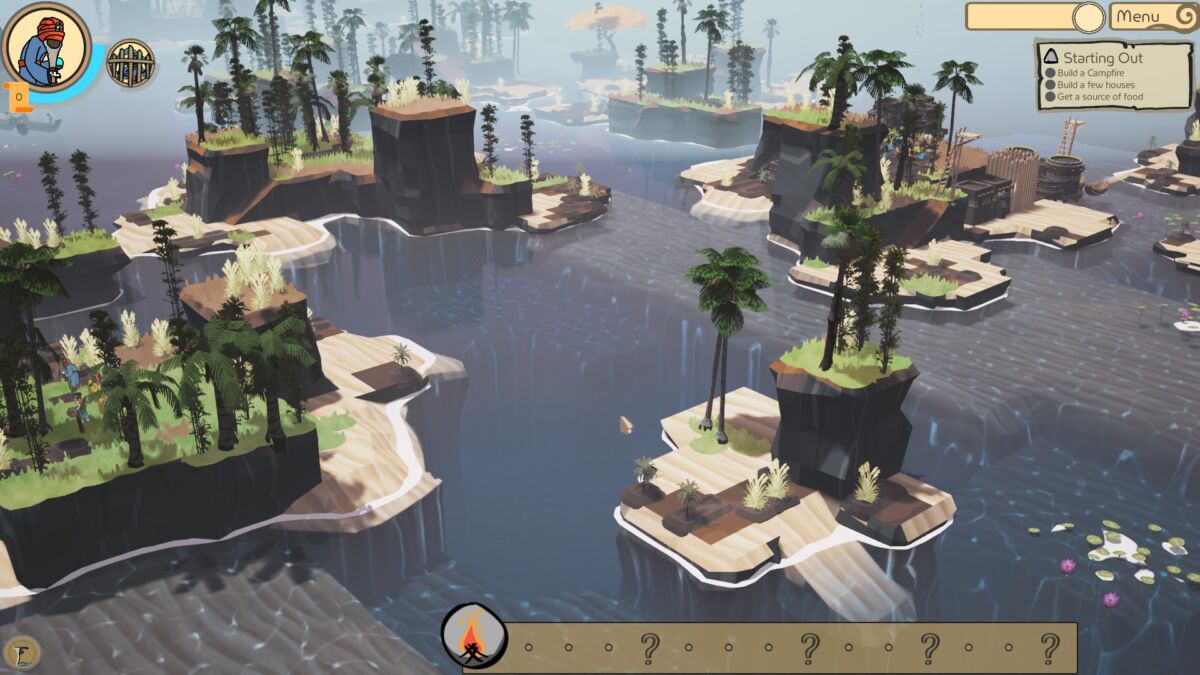Kainga Environment guide: The Flatlands
In , the focus of the game is on building around the environment’s characteristics. Kainga’s current version offers three distinct challenges, each with its own resources and conditions. The expansive Flatlands are the first of these biomes.
This is everything you need about the Flatlands of Kainga.
Geography
The Flatlands, as their name implies, are flat because of the numerous sandy deserts and patches of dry soil. There are also a few oases scattered throughout the area. Although there are a few hills, cliffs and crags on occasion, they are not enough to hinder or stop village construction.
Despite its harsh desert terrain, the Flatlands are perfectly suited for the creation of sprawling and large villages. It’s also relatively easy to spot approaching attackers and creatures. This makes it a great place to develop large, sprawling villages.
Resources
It might seem that the Flatlands biome’s deserts would make it difficult and inhospitable. However, it is actually a great place to start learning the game because of its easy access to resources. There are many reeds that can be found in large areas of dry soil. These reeds are used to make thatch shelters, food and other festivals. This is essentially a great starting point to get things moving.
Oases are hubs for the most durable and valuable materials for construction, including wood, clay, bamboo. Bamboo and clay are great substitutes for wood in the Flatlands, which can be difficult to find. It is difficult to use grassland because there is so little fertile soil around the oasis.
Wildlife
Flatlands are home to the largest variety of animals and creatures. You can expect to see lone Walkers and occasional packs of snails. There may also be a large Trudger or a pack of Flatheads.
Strategy
Because of the abundance of clay and the availability of wood, the oases are essential to success in the Flatlands. They also offer a range of shelter options. Because of the abundance of reeds and the ease and convenience of setting up reed farms, food won’t be a problem in the Flatlands.
It may seem tempting to settle in the first spawning area, as the reeds can then be used to make thatch homes. However, wind is a deceptive problem with the Flatlands. Thatch shelters can be damaged by wind and fire, and the Flatlands are an ideal place to build plant-based homes.
After the player has spawned, it is a good idea to survey the area and locate the largest or most numerous oases. These oases should be located near the village hearth so that clay and wood are close by. The best place to settle is near an oasis. This will give you the greatest technological flexibility, as well as the opportunity to complete most mission challenges.
You can also use the snail bridle passive technology to help you be more flexible if you have them nearby.
Despite their intimidating appearance, the Flatlands make a great introduction biome to Kainga’s systems. There is plenty of desert terrain to build shelters. Oasise provide enough resources to support most strategies and builds. How can you manage the deserts?







